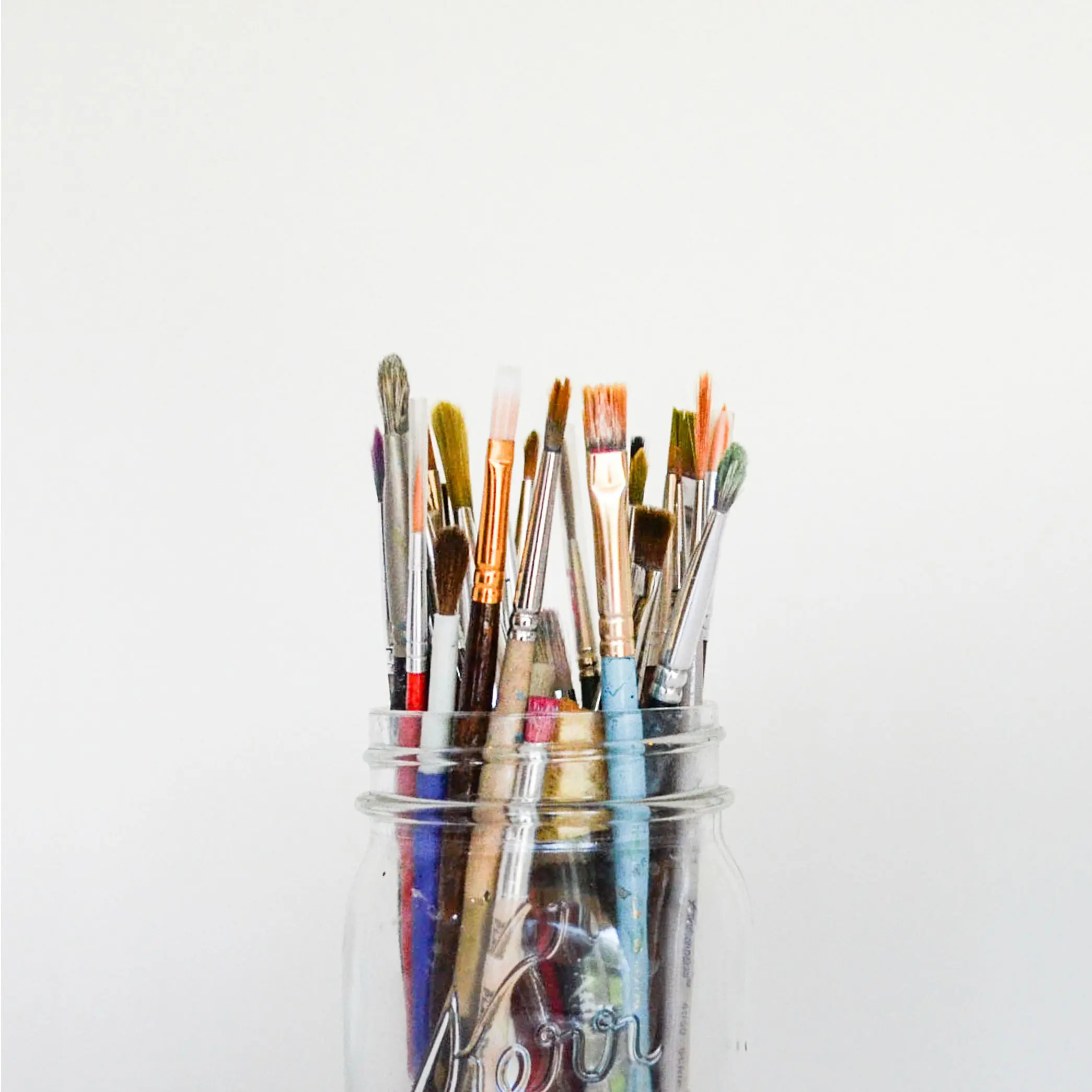Artist: Ryo Takemasa
If you’re not using Pinterest yet to collect various reference material and inspirational artists, may I suggest doing so immediately? I typically like to keep a huge assortment of “mood boards” on various topics, ranging from product designs to comic books to grandiose natural landscape photography. It serves as an endless source of reference material, much like collecting magazine clippings and organizing them in various folders. Not only is it great for collecting all of the art you love in one place, it’s also a great platform for discovering new artists. A list of suggestions titled, “other pins like…” is displayed below the piece you’re currently viewing. This often times leads me down an endless tunnel of discovery - one that typically keeps me digging a hole into the wee hours of the morning.

During one of these excavations, I discovered the artist Ryo Takemasa, who I at first mistook as Charley Harper. The piece I saw was a series of stand alone fruits and vegetables, most of them cut in half to expose their cross section, which all shared a beautiful mixture of what appeared to be wood block print and cut paper. Their geometric and pattern infused forms created lovely shapes alongside color shifts that I’d typically only see in particular vintage illustrations. Accompanying this pin was a link to his site. It turns out he’s a modern Japanese illustrator who works primarily in the print world for a variety of publications.

Once I discovered this, I began to see the Japanese line work and wood block printing aesthetics shine through in his work. The geometric forms and subtle color transparencies were clearly influenced by Japanese culture, but they still retained that vintage American aesthetic at times as well.

I’d be curious to learn what amount of influence Charley Harper’s art had on the world and whether it was a huge influence everywhere, such as territories in Japan. Similarly I would also like to know the amount of influence, if any, ancient Japanese wood block printing had on Charley Harper. Was it a conscious decision or had it inadvertently shown through? If there had been a direct influence, that would significantly alter my view of someone who I’ve alway seen as having emerged purely from American Modernist abstraction. Either way, it’s amazing to think that two people, so separated by distance, culture and era could have produced such distinct, yet aesthetically similar artwork. As is the beauty of influence in this world.


